Meet The Northern Red Bishop, Considered One Of The Most Fascinating Birds On Earth
The Northern Red Bishop is a small bird measuring between 10 to 11 cm in length and is a familiar sight across the continent of Africa. It is one of the smaller weaver finches in the Ploceidae family, distinguished by its bright red plumage and dark black belly.
Its wings, bill, and face are all brown, with a black crown on top of its head. Additionally, the bird's short brown tail is tipped with a bright red patch.
Formerly known as the Red Bishop in both North and South Africa, this bird has undergone a classification change. It has now been split into two distinct species: the Northern Red Bishop and the Southern Red Bishop.
As sister species, the two birds look somewhat similar, yet there are some distinctions between them.
These birds are known for being pious, having an eye-catching gaze, and possessing an extraordinary sense of fashion! Indeed, they have been dazzling ornithologists for years.
Its striking, attention-grabbing attire makes it hard to miss in the wild. Many birders are intrigued by this graceful and brilliant bird, which is regarded as one of the most beautiful in the world.
If you're on the lookout, listen for its "song of thin, squeaky notes followed by guttural 'zee-zee-zee' buzzes and sizzling sounds," as observed by zoology professor Adrian J. F. Craig.
The bird appears to have a striking red jacket.
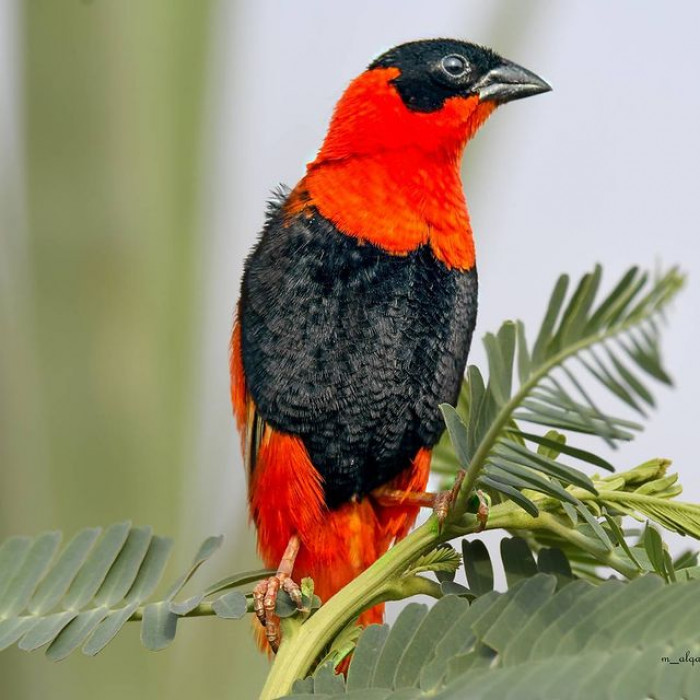
Considered one of the most beautiful birds on Earth.
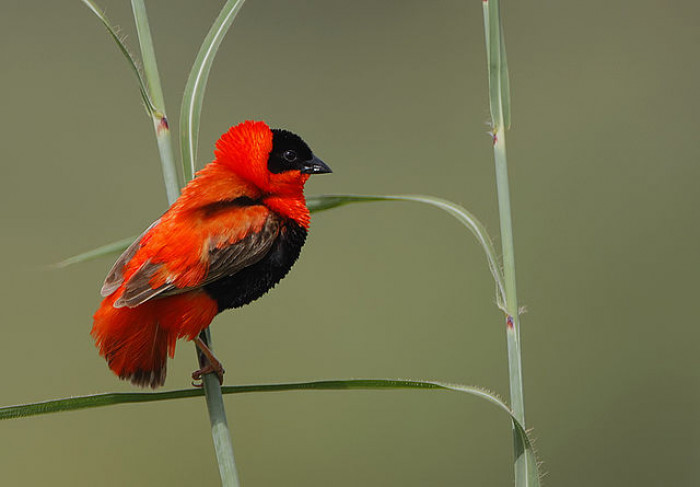
The male and female Northern Red Bishop have different feather patterns.
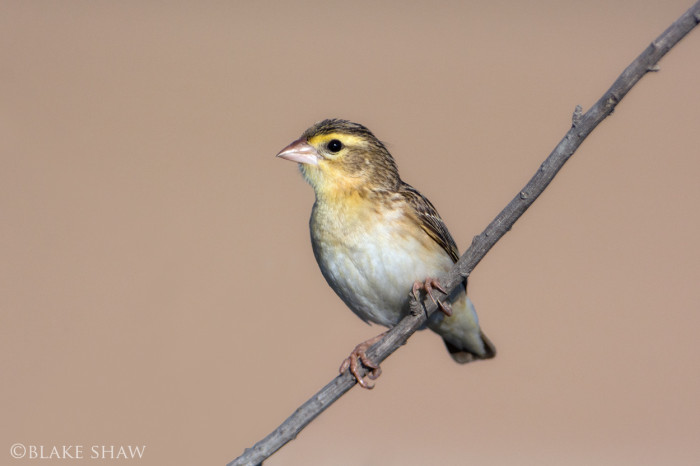
Males have orange to red plumage on their back that wraps around their chin, the back of their head, throat, and breast. In contrast, the feathers of the females (and non-breeding males) feature a diluted brown and white pattern, similar to the feathers of a sparrow.
Southern Red Bishops resemble their Northern counterparts, except for the absence of a black cap on the top of their heads.
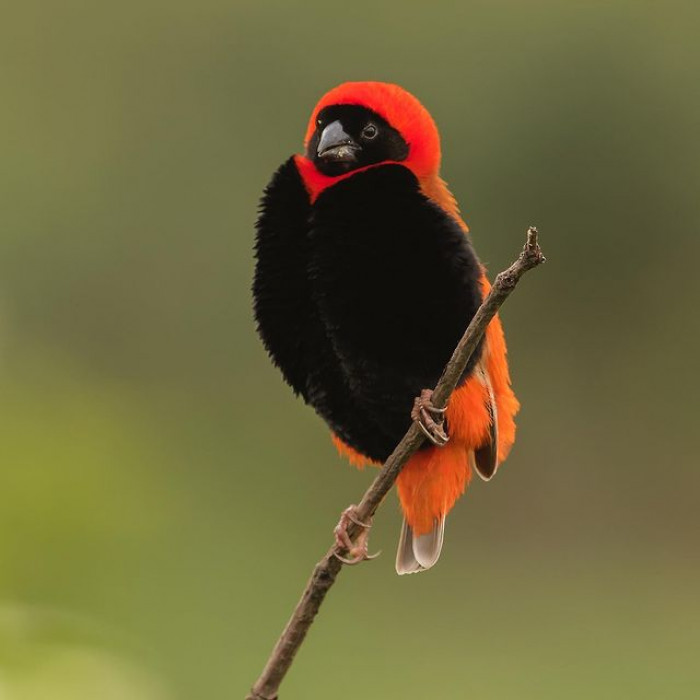
The Northern Red Bishop and the Southern Red Bishop are difficult to tell apart at first glance. Both species have plumage that is nearly identical in color, including shades of black, orange, and red.
The main difference between the two Bishops is the positioning of these vivid colors.
This marvelous creature can be found all over northern Africa, from Liberia to the Ivory Coast and across Kenya.
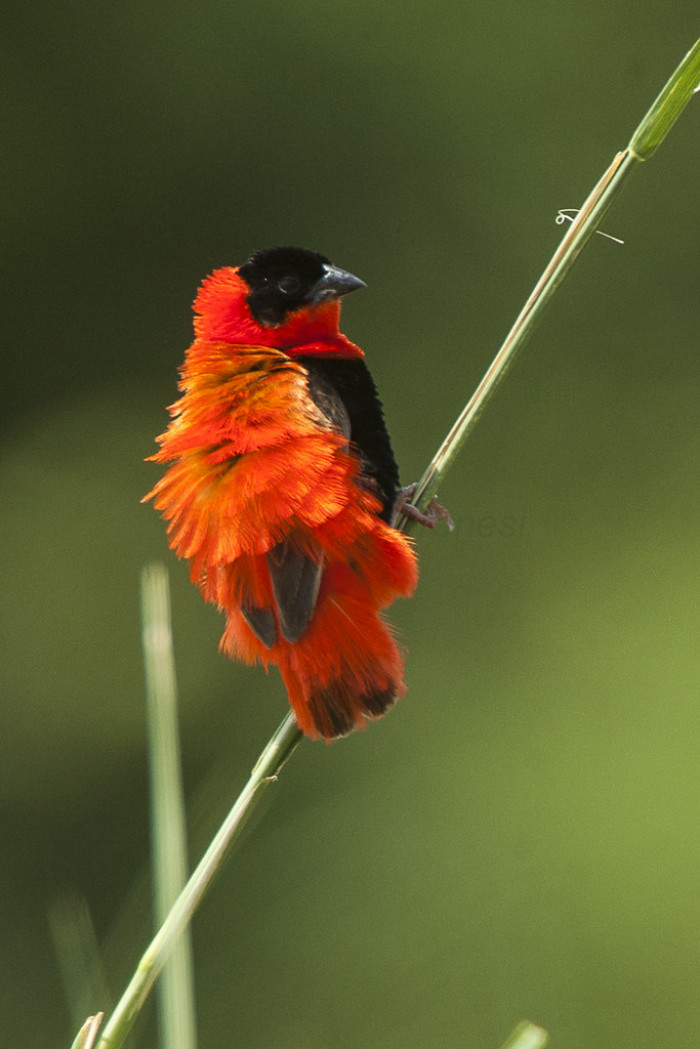
Tall grasslands and cultivated areas near water and marshes are preferred habitats for Northern Red Bishops. This species has been found from the plains up to heights of over a thousand meters.
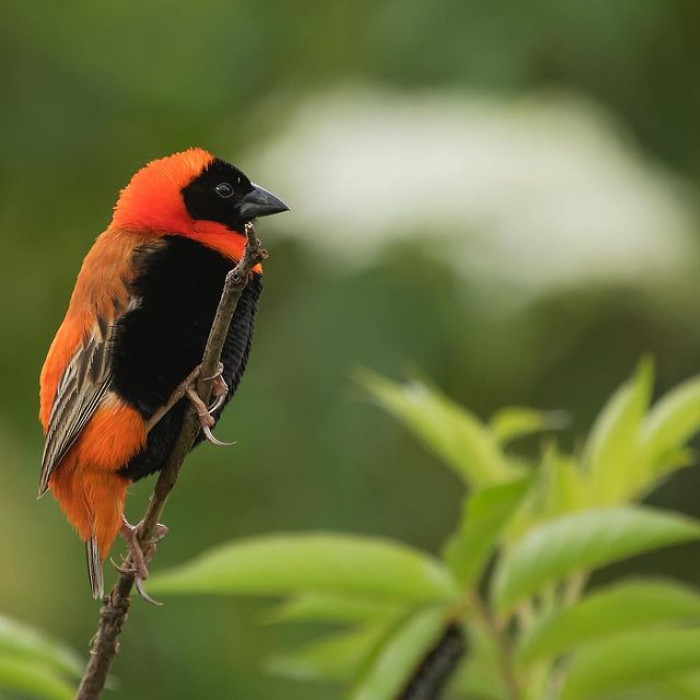
Their primary food source is grass seeds, although they have also been observed eating a wide range of flora and insects.
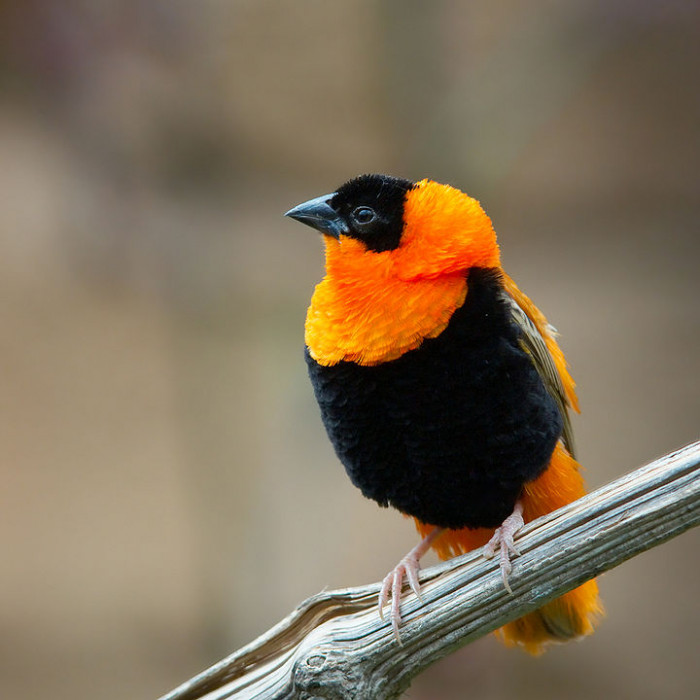
The Northern Red Bishop undergoes a color transformation before breeding.
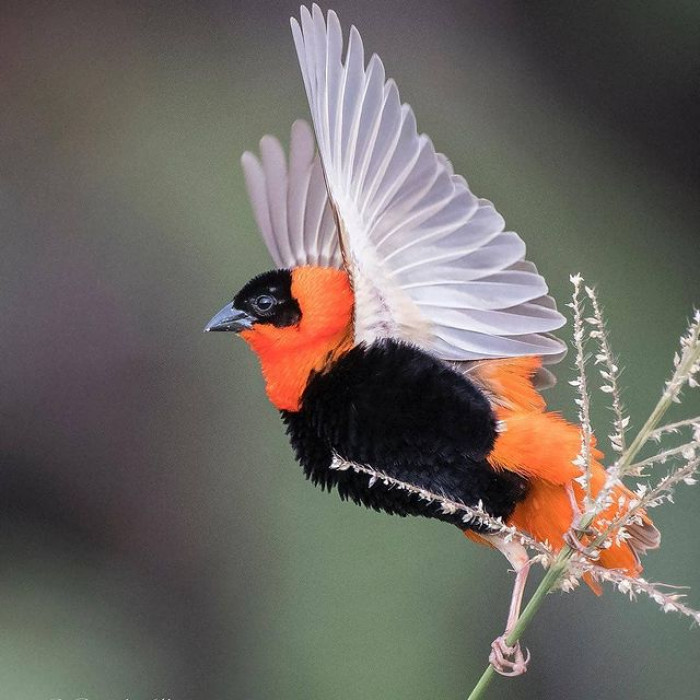
When not breeding, the male Red Bishop has a similar coloring to the female. However, the male's coat turns into a stunning red or orange-red color during the breeding season.
Males use their vivid plumage to entice a female to mate with them. Upon completion of the courtship, the female Red Bishop constructs a nest from a variety of grass and reed species, as well as marsh plants.
Once the eggs are laid, the nesting phase can last anywhere from 14 to 16 days. The actual breeding season starts in May and continues deep into November.
Currently, the IUCN Red List evaluates the Northern Red Bishop as Least Concern.
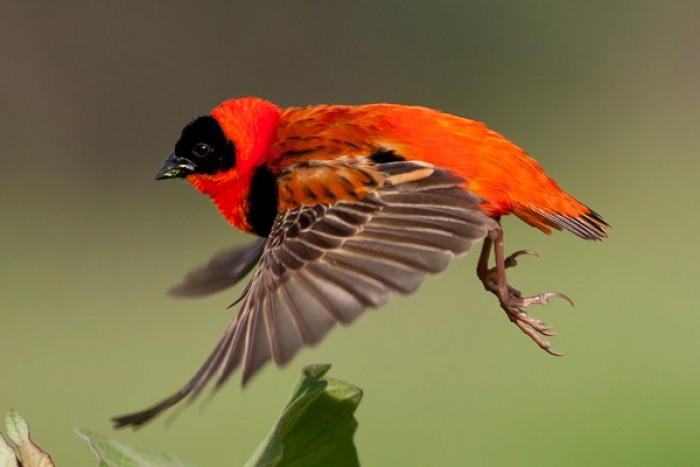
A stable population trend indicates that the species does not meet the requirements for Vulnerable status based on population trend criteria.
Catch a glimpse of this fascinating bird.
The Northern Red Bishop is truly a beauty of nature, deserving of much more recognition for its elegant, vibrant plumage. Whether you are looking to photograph this bird or simply appreciate it from afar, be sure you don't miss the opportunity to see one of these beautiful creatures!
Are you a bird lover? What do you find fascinating about this little bird? Share your thoughts in the comments section below.



